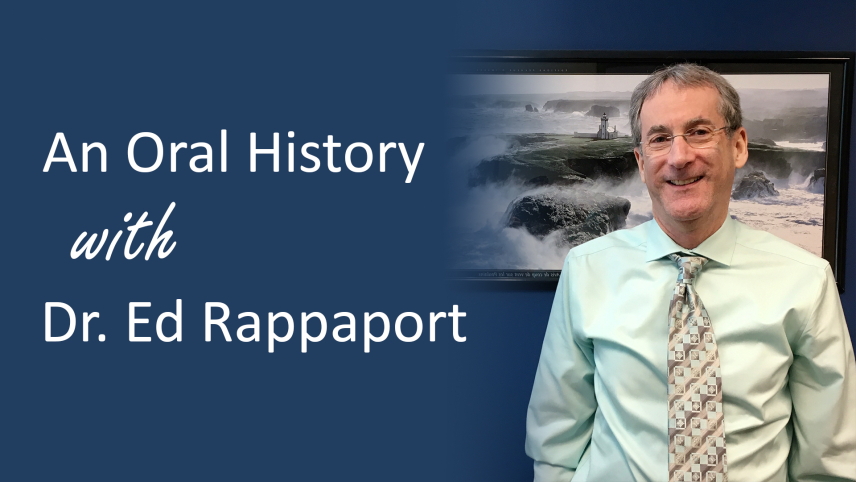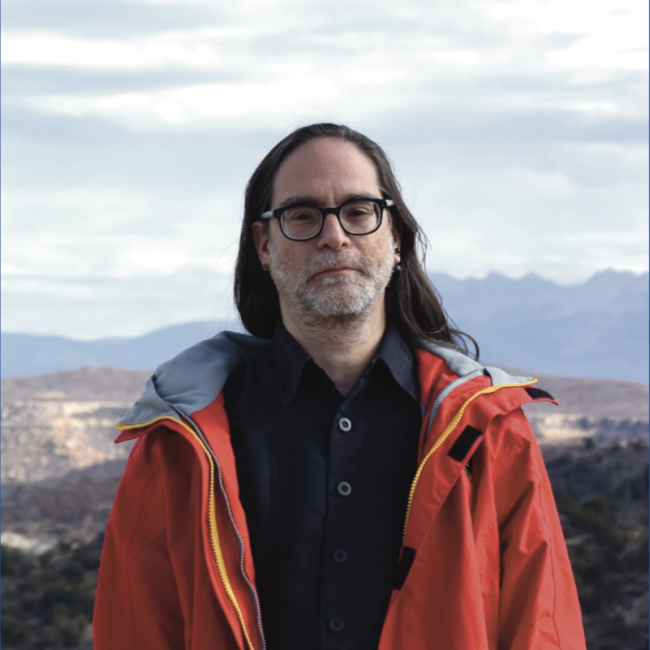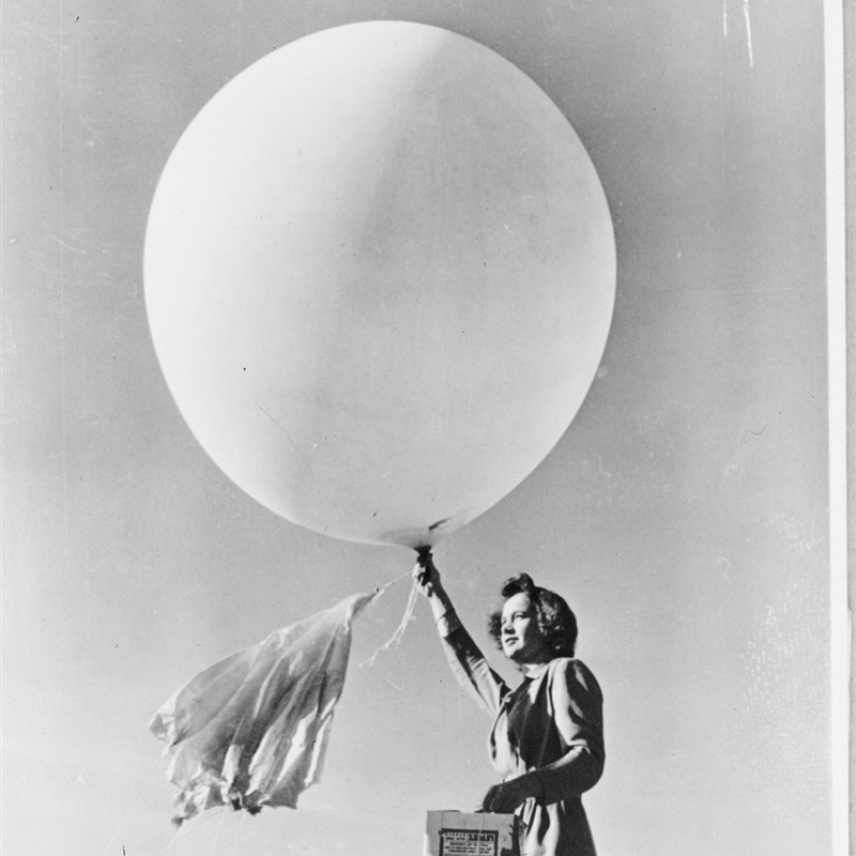This oral history was conducted by Molly Graham in 2020 as a part of the NOAA 50th Anniversary Oral History Project.

Tenure at NOAA: 1987-present (Image credit: NOAA Heritage)
Do weather professionals innately show interest in weather from an early age? Dr. Edward Rappaport’s colleagues seem to think so, and he did - at 3-years old - fascinated by the occasional rainy day at his Los Angeles home. His family even had a home weather station and recorded weather observations for decades.
Dr. Rappaport, who spent most of his more than 40-year career at NOAA’s National Hurricane Center in Miami, now serves as its deputy director. He recounts his serendipitous career path to study tropical weather and his experience forecasting from the NHC during destructive Hurricane Andrew in 1992. He is credited with contributing to many improvements in forecasting, including developing and implementing National Weather Service graphical forecasts and storm surge watches and warnings.
Hear a snippet of the interview recorded January 6, 2020 in Miami, Florida:
Listen to the full interview with Ed Rappaport.
Transcript:
On his serendipitous introduction to tropical meteorology:
ER: Now that I’ve been in the profession for many years, there are times when I’m asked to give talks to younger folks about career advice and guidance. One of the points I make is: these people are very bright. Most, I’m sure, are smarter than I am. But one thing I’ve mentioned to them is don’t discount luck, both good and bad.
Part of that comes from my experience first in the University of Washington. Another experience where serendipity really played a role in my career. One of those experiences – those two primary experiences came that first year that I was in Seattle. It was the first year that I was in that program as a junior. I was taking introductory-level courses in atmospheric science. About two months into the term, near the end of the term, one of the professors approached me, really out of the blue, which I guess is appropriate for meteorologists, and said that he had just received some grant money from the National Science Foundation to do analysis and research on data that had been recently collected in a field program. It turns out that that field program was just off the coast of Africa in the tropics. Of course, I was thrilled. I was delighted. I’d only been there a couple of months, and here I’m being offered an opportunity. So, of course, I agreed. Ultimately, the work that I did for this professor turned into my master’s thesis, and some of the work I did there as well was for another one of his students who – one of his students was a graduate student who was completing her PhD work. Later on, when she finished, she went on to go be a professor at Texas Tech University. Little did I know that behind the scenes the professor who had asked me originally, plus this professor, had been plotting to steer me towards going there after I finished my master’s degree, and that’s actually what happened. I wound up going and being one of the graduate students for Dr. Leary, who was the graduate student of Dr. Houze, who had invited me to be in his program. So I wound up doing my PhD work in Texas at Texas Tech. But the serendipitous part about all this was that when he – and we laugh about this now, years later, was he invited me to be in his program. As I said, that was a great honor, and actually wound up not only giving me experience but got me started in tropical meteorology.
So here I am, at the University of Washington-Seattle, which has no connection, really very little connection, to tropical weather, and I wound up in tropical meteorology because of this. But the funny part is that we realized later on he had mistaken me for someone else, who I’m sure was doing much better in his class. I was in his 301 introductory course. He realized that sometime later, and we laugh about it, as I said, now, because if he hadn’t made that mistake, he would have chosen someone else, and who knows where I would have wound up or what I would have been doing if that hadn’t occurred. So that’s one of the two important cases of good luck for me.
Listen to the full interview with Ed Rappaport.



